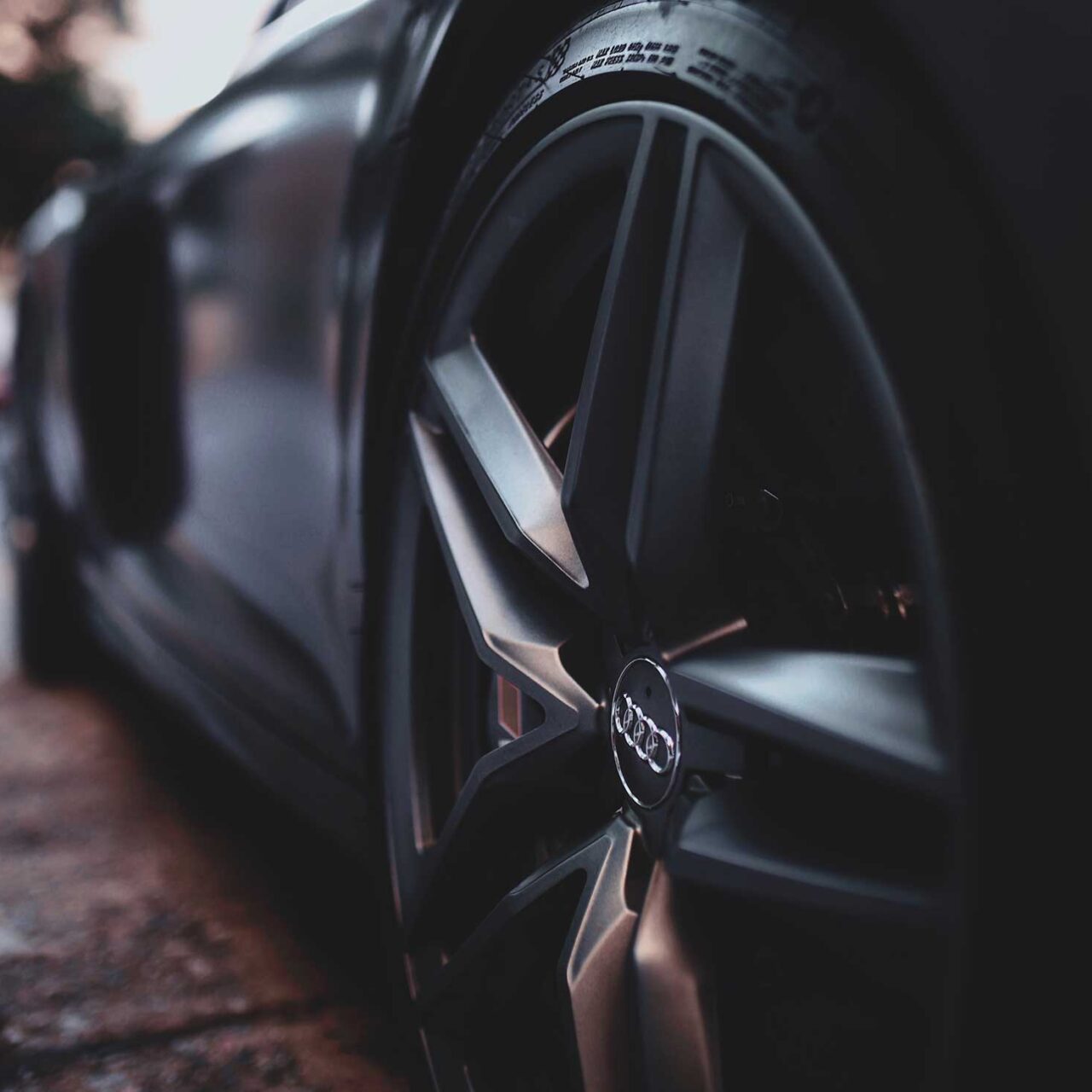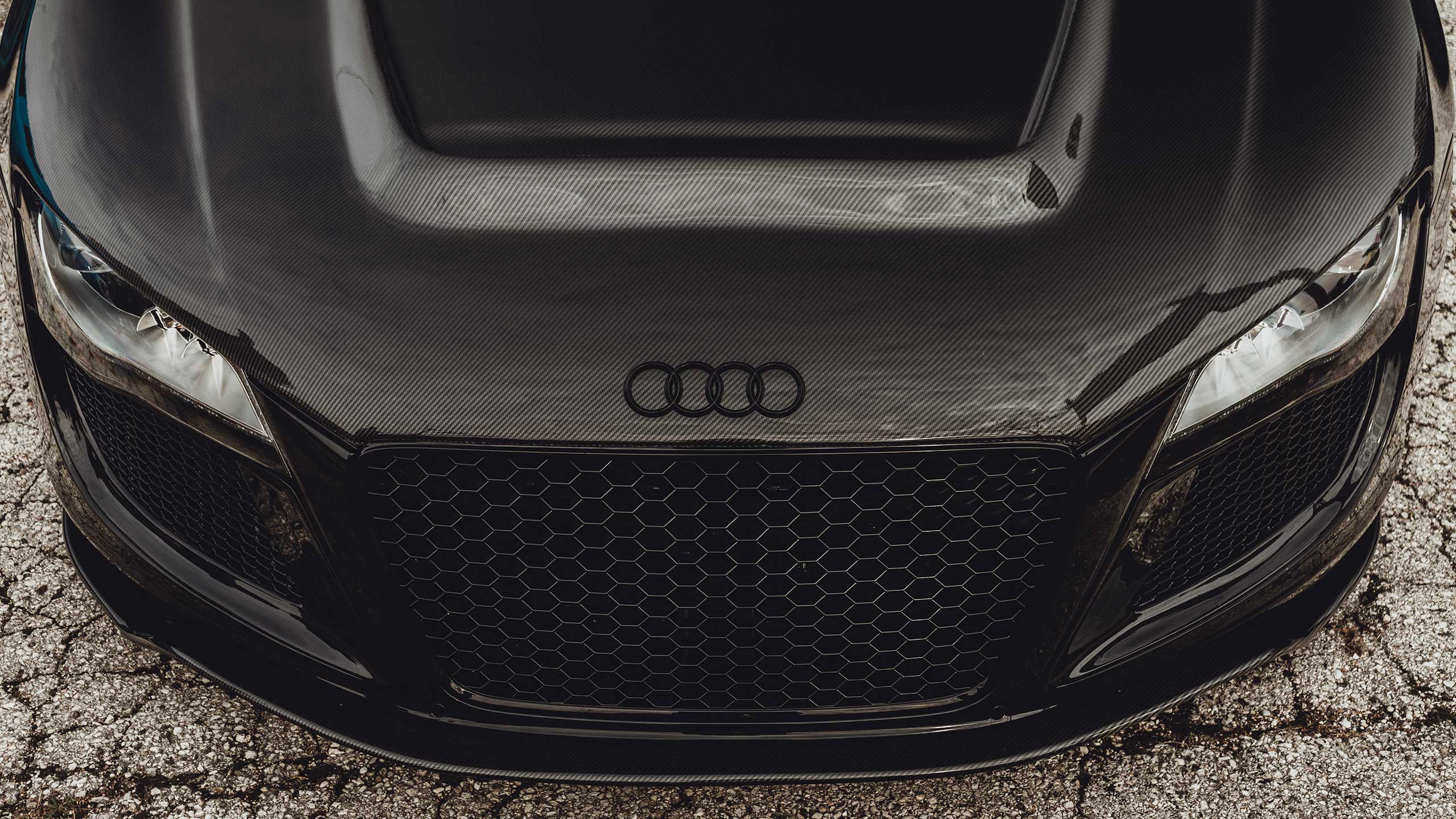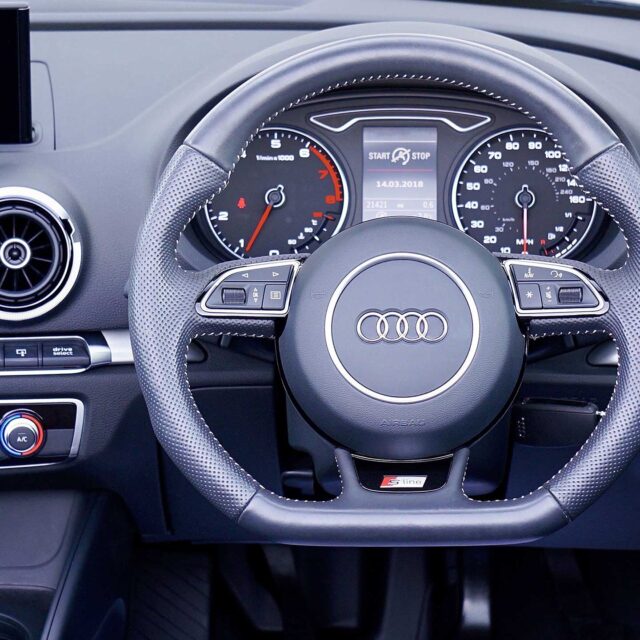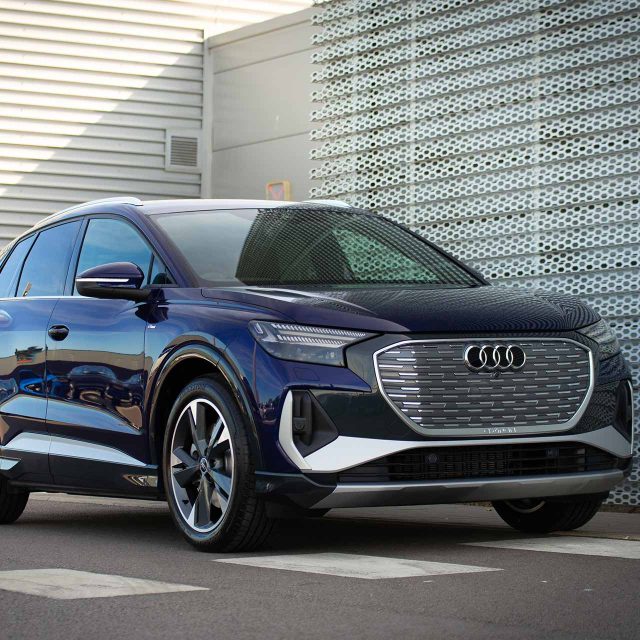AUDI AG’s automotive and engine production legacy dates to the 19th century. August Horch was a pioneering German vehicle engineer. After graduating from the Technical Academy in Saxony, he worked on engine building and then headed Carl Benz’s motor vehicle manufacturing department in Mannheim. In 1899, he founded A.Horch & Cie.
August Horch departed the firm in 1909 after disagreements with the board and founded a second vehicle manufacturer. Because his surname was trademarked, he adopted its Latin version for the new firm. “Hark!” became “Audi!” The son of one of August Horch’s business partners overheard the hunt for a new company name and suggested utilising the Latin imperative. August Horch signed his letters “Kind regards – Audi-Horch” Audi Automobilwerke GmbH established in 1914.
August Horch’s firm couldn’t adopt his name for competitive reasons. Translating Horch’s German name into Latin gave the corporation a new name. Audi Automobilwerke GmbH, Zwickau began trading on April 25, 1910.
In 1937, Auto Union’s DKW facility built 55,470 bikes, making it the world’s largest motorcycle manufacturer. DKW stationary engines, with a wide range of uses, were another key industrial sector (e.g. agriculture, road construction, the fire brigade, the army, and public authorities).
DKW products were simple, trustworthy, affordable, durable, and functioned effectively. The Zschopau-based firm pioneered two-stroke engines, front-wheel drives, and body fabrication (wooden and plastic bodies). This pioneering attitude inspired Auto Union AG to establish a Central Engineering Design Office (ZKB) in Chemnitz and a Central Testing Unit (ZVA) for all Auto Union brands in 1936.
DKW automobile production as an inter-company partnership was a logistical feat: engines were made in Zschopau and bodywork at Berlin’s Spandau; four-cylinder cars with rear-wheel drive were also made there. Audi’s Zwickau facility assembled front-wheel-drive vehicles.
In the late 1930s, Auto Union used the DKW name to oppose the KdF-Wagen by releasing the DKW F 9. Auto Union was the only German automaker to challenge Volkswagen’s model early on.
Popular, reliable DKW products helped the newly created Auto Union GmbH in West Germany acquire a foothold and encouraged revived auto-industry development in East Germany’s Saxony.
End of the 19th century, Germany had several automakers. August Horch & Cie. was formed in Cologne in 1899. August Horch pioneered car engineering. Before starting his own firm, he oversaw car manufacturing at Carl Benz in Mannheim for three years. 1904: August Horch moves his firm to Zwickau and incorporates it.
The Zwickau Horch Werke never deviated from founder August Horch’s goal of building good, powerful vehicles. Horch’s cars were among Germany’s best from the outset.
In the 1920s, assembly-line production was rationalised to save money. Horch goods became industry leaders after the unveiling of Germany’s first eight-cylinder vehicle in 1926. Horch historically made just four-cylinder automobiles, but now exclusively eight-cylinder versions.
The Horch 8 symbolised German beauty, luxury, and cutting-edge technology. Horch created worldwide standards. In 1932, Horch’s market share in Germany for engines above 4.2 litres was 44%.
When Auto Union AG was created, it was obvious that Horch would be its premium brand. The Horch Body Design Office served as the group’s core design studio and established model styling. Horch’s sophisticated manufacturing techniques provided a model for the group’s other facilities.
From 1933 on, the Horch model programme was separated between huge straight-eight automobiles and smaller V8 cars. The sheer array of luxury equipment available for a Horch required more powerful engines, so the 5-liter straight-eight was given a camshaft with steeper lobes and its compression ratio was boosted to 120 horsepower. The smaller V8 engine went from 62 horsepower to 82 hp in 1937 and 92 hp in 1939.
New engines and streamlined bodywork were planned for Horch automobiles. During the war, just a few demonstration cars and prototypes were created.
42,000 Horch eight-cylinder automobiles were made from 1927 to 1940. If military vehicles supplied until 1942 are included, more over 70,000 eight-cylinder cars departed the Zwickau facility during that time, significantly beyond Horch’s German competitors.
In 1972, Audi released the first-generation Audi 80 (B1 series) with new OHC engines and self-stabilizing steering roll radius. This initial generation produced more than a million automobiles.
Ferdinand Pich succeeded Ludwig Kraus as Head of Technical Development in 1974. Audi became an innovative carmaker during the “Pich age.” This time saw Audi’s positioning rise. Five-cylinder engine (1976), turbocharging (1979), and quattro four-wheel drive (1980) are examples of this policy’s effectiveness.
Audi quattro debuted at the Geneva Motor Show in March 1980, repositioning the brand globally. “Vorsprung durch Technik” applies here. Permanent four-wheel drive and two manually lockable differentials made the Audi quattro ideal for smooth or slippery roads.
Audi’s progress has been marked by a sensational range of technical innovations: fully galvanised bodies, the most aerodynamic volume-built saloon of its time, the extensive use of turbocharged petrol engines, the development of economical direct-injection diesel engines, the aluminium body, the first hybrid vehicles, direct petrol injection, and the manufacture of luxury-class cars with eight and twelve-cylinder engines






